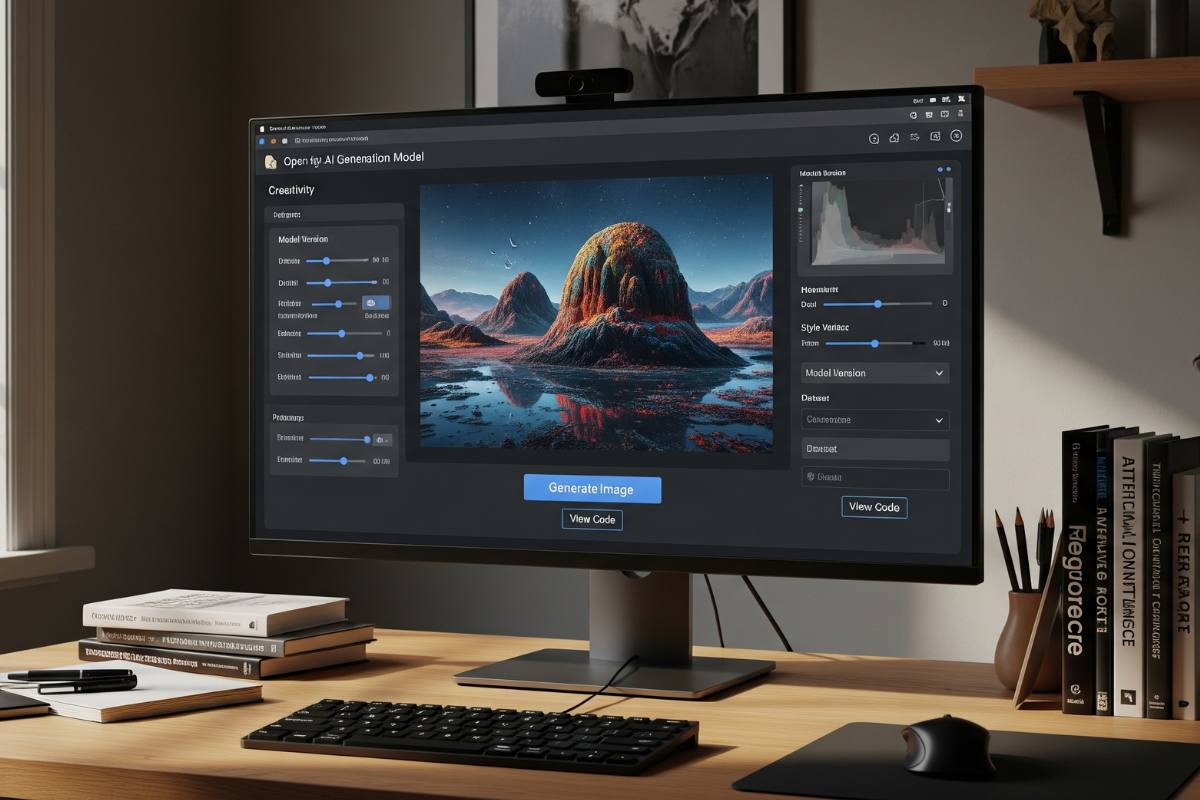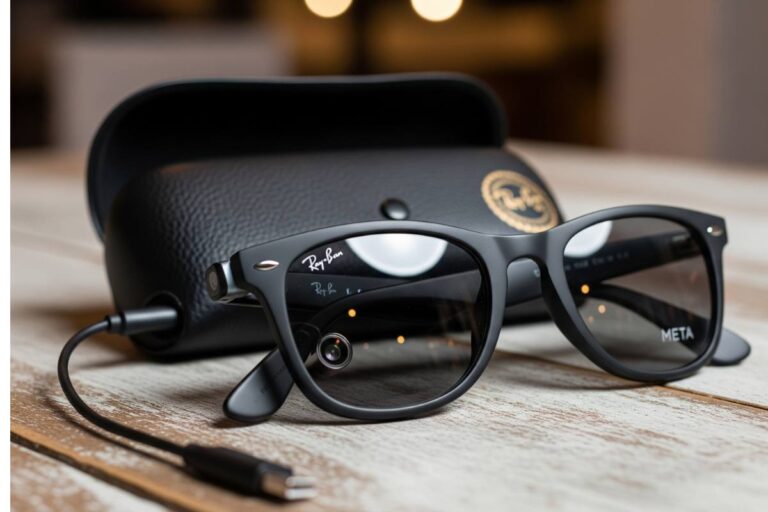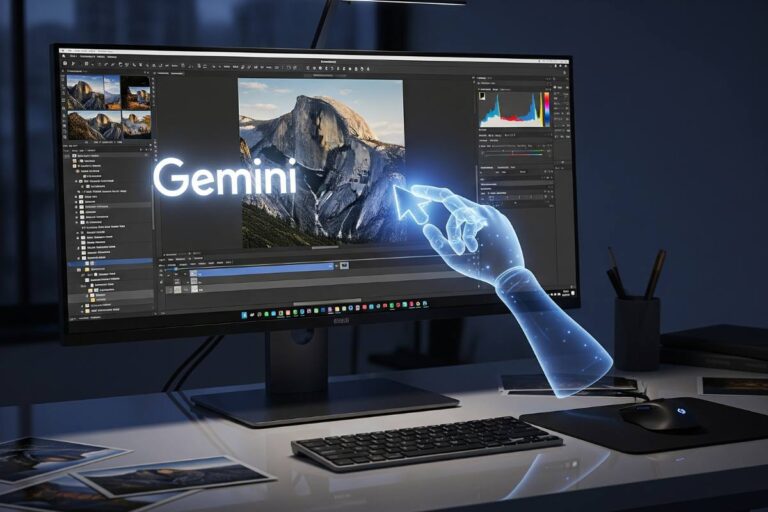Alibaba has open-sourced Qwen-Image-Edit, a 20B-parameter, text-driven AI image editor that extends its Qwen-Image foundation model with dual-path control for both semantic and pixel-accurate appearance edits, making a serious bid to be the most capable free editor available today. Released in mid-August and already available through Hugging Face and the Qwen GitHub, the model carries an Apache-2.0 license for broadly permissive use, including commercial, which sharply lowers barriers for creators and developers alike.
What’s new in Alibaba’s Qwen
Alibaba’s Qwen team unveiled Qwen-Image-Edit, an image editing version of Qwen-Image, built on a 20B Multimodal Diffusion Transformer and designed to handle both high-level “semantic” edits and low-level “appearance” corrections via natural language prompts, including precise, font-preserving text changes in English and Chinese. In a plainspoken post, the team put it simply: “We are excited to introduce Qwen-Image-Edit,” inviting users to try the Image Editing mode inside Qwen Chat or pull the open weights for local use, which was quickly echoed by the project’s GitHub “open-sourcing” note the same week. Early coverage underscored the release as an open-source, text-based photo editor, placing it in logical conversation with pro tools, while keeping the on-ramp low for everyday users who want serious control without subscriptions or paywalls.
Why it matters
Because Qwen-Image-Edit is open-source under Apache-2.0, teams can adopt, modify, and deploy it, on-prem, in products, or in workflows, without restrictive licensing, which has become a differentiator in a field where some leading image models ship with tighter usage clauses. That blend, serious capability, permissive license, bilingual text precision, and a simple prompt interface, nudges the model into frontrunner territory for anyone seeking a truly free yet production-leaning AI image editor, not merely a demo or a narrowly scoped research release. PetaPixel, not mincing words, summed up the vibe of the debut with a wry aside: “The promises are lofty,” which, fair enough, is what makes the open weights and real-world testing especially consequential here.
How it works
Under the hood, the model routes the input image along two paths, one through Qwen2.5-VL to capture semantic meaning and identity, and one through a VAE encoder to preserve appearance and local structure, so it can rotate objects or shift style while still, say, keeping untouched regions identical, or instead surgically tweak a letter’s color without spillage into neighboring pixels. This dual-path mechanism sits within Qwen’s MMDiT backbone and scales at 20B parameters, the same order used for the Qwen-Image base, which has already shown strong text rendering and editing performance in wide evaluations, especially for complex Chinese typography. The net effect: edits can be “semantic”, like full 180-degree object rotations or IP-style character variations, or “appearance”, like adding a sign and its reflection, cleaning flyaway hairs, or swapping a background, depending on the instruction and constraints provided.
Key features
- Semantic edits: object rotation (90 to 180 degrees), style transfer (e.g., Ghibli-like renditions), and IP/character consistency across poses and scenes, all while maintaining identity and intent where it matters most.
- Appearance edits: add, remove, or modify local elements with strict region preservation for everything else, like inserting a sign that also generates a plausible reflection or cleaning fine details without disturbing adjacent content.
- Precise bilingual text editing: add, delete, or modify text while matching the original font, layout, and style in both English and Chinese, a long-standing pain point for diffusion models that Qwen explicitly targets as a core strength.
Qwen-Image Benchmarks and performance
Alibaba reports state-of-the-art results for Qwen-Image-Edit across public editing benchmarks, building on the broader performance gains Qwen-Image achieved for both generation and editing tasks, particularly in text rendering, where the team highlights meaningful margins on specialized tests like LongText and Chinese text evaluation. Beyond internal metrics, Qwen points to the community-driven AI Arena, an Elo-style, head-to-head rating platform for images, to keep performance comparisons ongoing and public, a nod toward transparency even as the editing-release metrics continue to evolve. For a model positioning itself as a general-purpose editor, those two threads, formal benchmarks and live community comparisons, matter because they reveal where strengths hold under real prompts and where edge cases still need work.
Availability and setup
The team provides everything needed to get moving: a Diffusers-based QwenImageEditPipeline, model weights hosted on Hugging Face, links from the central GitHub, and a demo path via Qwen Chat for quick trials, so experimentation can start with a single image and a plain-English instruction. The main repository’s Quick Start also points to prompt-enhancement helpers for both generation and editing, which the team recommends to improve stability and instruction-following during edits, particularly for tricky cases or long, multi-step changes. For those who prefer structured workflows, Qwen-Image itself has ComfyUI support and LoRA integration, signs that the ecosystem is maturing, and the edit pipeline slots into the same Diffusers-style setup many builders already know.
Licensing and what “open” means here
Qwen-Image is licensed under Apache-2.0, a widely used, permissive license that allows commercial use, distribution, modification, and private use without the copyleft obligations found in reciprocal licenses, which is part of why developers keep gravitating to it for production work. Qwen-Image-Edit is explicitly announced as open-sourced in the project’s “News” log and shipped as a dedicated pipeline and set of weights, functionally extending the same open approach to editing that Qwen-Image took for generation and text rendering. Third-party explainers have already called out how the Apache-2.0 posture compares favorably to models with more restrictive terms, underlining that license choices often determine whether a tool stays a lab curiosity or lands in shipping products.
Hardware, speed, and practical constraints
On the hardware side, community notes suggest the edit pipeline can require roughly 17GB of VRAM with bitsandbytes on GPUs like the RTX 3090, which puts it within reach for many local prosumer rigs but still above entry-level cards, especially if multitasking or batch jobs come into play. The team cautions that prompt rewriting helps editing stability, and even provides utilities to do it automatically, which is worth keeping in mind if an initial pass looks “off” or drifts from instructions on complex composites. In early post-release updates, they’ve also flagged misalignments for Qwen-Image-Edit and urged users to track the latest Diffusers builds for better identity preservation and instruction-following, a sign that active tuning is ongoing and that results should improve over time.
What users can do today?
- Turn a single character or product into a reusable “IP” asset, generating new poses, outfits, and camera angles that still look like the same subject, useful for brand guides or serialized campaigns.
- Rotate objects up to 180 degrees to reveal front/back views, an unusually hard edit that requires the model to infer plausible 3D structure from a single frame without breaking identity.
- Edit posters and signage text in English or Chinese, down to small characters, while preserving font, kerning, and layout, which is the sort of nitpicky precision design teams need for production.
- Perform surgical cleanup, remove flyaway hairs or small artifacts, swap backgrounds, or recolor a specific letter, keeping the rest of the image visually identical to the original.
How it compares in the free tier
The license alone makes Qwen-Image-Edit stand out: Apache-2.0 means teams can integrate the model into commercial pipelines without friction, a contrast with some popular image systems that ship under more restrictive terms for enterprise use. Then there’s bilingual, font-true text editing and dual-path control, which together cover both creative restyling and exacting repair work in one pipeline, features that open-source commentators have highlighted as strong differentiators against notable closed or license-limited peers. If the claim is “best free editor,” the cautious read, given benchmarks, architecture, and licensing, is that Qwen-Image-Edit has a credible path to that label, especially for teams who prioritize on-device control and extensibility over cloud-only tools.
Community response so far
Within hours of launch, Reddit threads lit up with hands-on tests and discussion, brief but enthusiastic “it’s out” posts that quickly turned into practical questions about hardware, style control, and text fidelity, the usual arc for a tool that people actually plan to use. On Hugging Face, early discussion threads logged VRAM notes and timing estimates that match prosumer setups, and Qwen’s own Space provides a straightforward place to try edits in the browser while people tune local installs. Media coverage, from enthusiast corners to mainstream photo press, framed the release as a significant and, importantly, open alternative in a category often split between high-end paid tools and lightweight free ones that don’t always hold up in production.
Release timeline and context
Qwen-Image, the base model, arrived in early August with weight releases, a tech report, and a blog laying out strong cross-benchmark results in both image generation and editing tasks, with standout performance in complex text rendering, especially for Chinese. Less than two weeks later, the team announced the open-sourcing of Qwen-Image-Edit, folding in the dual-path control necessary for robust editing, and shipped a dedicated pipeline in Diffusers so developers could get moving without waiting on platform integrations. That one-two cadence, foundation, then editor, suggests a plan: establish text rendering and general competence first, then target the “everyday edits pros actually need,” from cleanups to brand-consistent series work.
Getting started, briefly
The fastest way to try it is to upload a photo and type an instruction in the Qwen-Image-Edit demo (either via Qwen Chat or the hosted Space), then, once the feel is clear, pull the Hugging Face weights and run the QwenImageEditPipeline locally via Diffusers for more control and privacy. For production-minded teams, the GitHub repository includes guidance on prompt enhancement and multi-GPU server deployment that can slot into internal tools or creative pipelines with queueing and automatic optimization already considered. And if stability wobbles on tricky prompts, text edits layered over object changes, for instance, apply the provided prompt rewriting utilities and keep to the latest Diffusers commit, as the team keeps tightening identity and instruction adherence in frequent updates.
Limitations and what to watch
Like any large editor, results can drift when instructions are ambiguous or when multiple conflicting changes pile up, hence the team’s push to “polish” prompts and, where helpful, use chained, step-by-step corrections that guide the model into the exact fix (a method the blog demonstrates with detailed Chinese calligraphy repairs). Hardware demands are real: a single 3090-class GPU will typically handle edits but leaves less headroom for concurrency, and while quantized and lighter variants are in discussion in the community, resource planning still matters for batch or enterprise throughput. Finally, while Qwen cites SOTA performance and provides comparison scaffolding via AI Arena, the editing ecosystem moves fast, so regular head-to-head tests on project-specific prompts remain the surest way to decide if it truly replaces existing tools in a given stack.
Expert and media notes
Coverage from MarkTechPost and PetaPixel highlights the model’s dual editing modes, bilingual text strength, and open-source release, placing it in the class of tools that could, over time, meaningfully challenge paid incumbents for many common workflows, particularly where text fidelity and style-consistent IP creation are central. The Qwen team’s own framing points to a recurring theme: lowering the “technical barriers to visual content creation” while keeping output quality high enough for real-world use, which, to be frank, is where free tools often fall short. Or, as the GitHub “News” log puts it in straightforward fashion: “We’re excited to announce the open-sourcing of Qwen-Image-Edit,” a line that feels less like hype and more like an open invitation to put the model to work and see what sticks.
Bottom line
If the goal is a no-cost, production-capable AI image editor that can both repaint a scene and, when needed, change a single character without touching anything else, Qwen-Image-Edit belongs at the top of the evaluation list right now, on features, on licensing, and on the speed of iteration since launch. Whether it’s the “best” free editor depends on the prompts and the pipeline, sure, but with an Apache-2.0 license, bilingual text precision, and a dual-path design that actually maps to how creative teams work, it’s not just plausible, it’s increasingly likely in many everyday use cases.
At a glance: highlights
- 20B-parameter editor with dual-path control for semantic and appearance edits.
- Bilingual, font-true text editing for English and Chinese, including small glyphs and precise letter-level changes.
- Apache-2.0 license and open weights via GitHub and Hugging Face; announced “open-sourcing” on August 18–19.
- Diffusers pipeline for local use; demo paths via Qwen Chat and Spaces; ComfyUI support established for the base model with ecosystem momentum.
- Community reports around ~17GB VRAM for edits on a 3090 with bitsandbytes; prompt rewriting improves stability; active fixes in flight.
Representative quotes
- “We are excited to introduce Qwen-Image-Edit,” the team wrote in its launch blog, underscoring both semantic and appearance editing as co-equal capabilities from day one.
- “We’re excited to announce the open-sourcing of Qwen-Image-Edit!” the GitHub “News” section declared, pointing developers to local quick-starts and online demos the same week.
- And a sober aside from photo media on expectations: “The promises are lofty,” PetaPixel noted, which is exactly why open-source access and hands-on testing matter here.
The takeaway
Qwen-Image-Edit isn’t a toy demo or a locked box; it’s a serious, free editor that arrives with the right ingredients for adoption: permissive license, strong text handling, dual-path control, active updates, and a community already kicking the tires in public. For teams weighing cost, flexibility, and quality, that combination is rare, and, just maybe, that’s the point: a capable editor that anyone can run, extend, and ship, without waiting for permission or a billing plan to change.
































